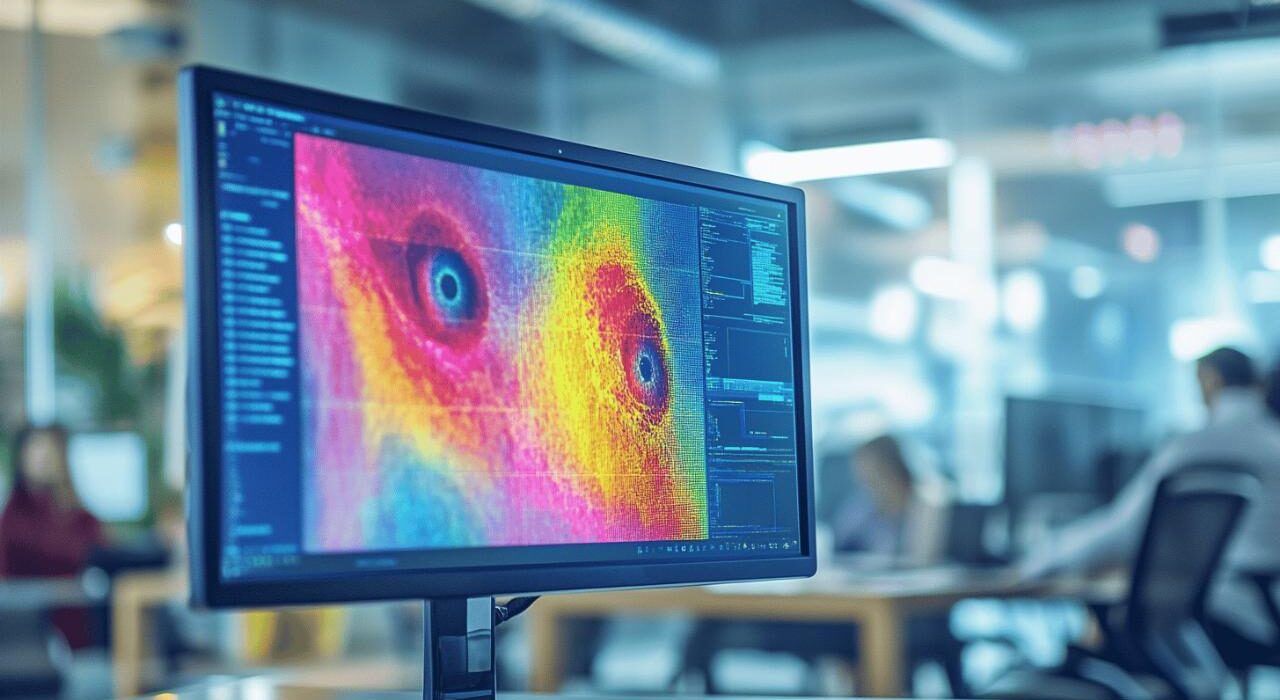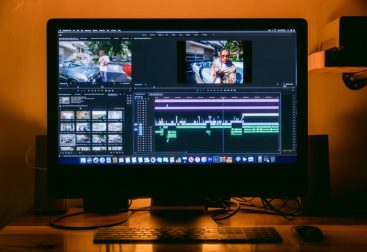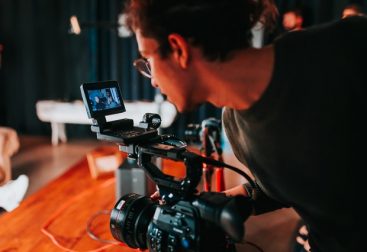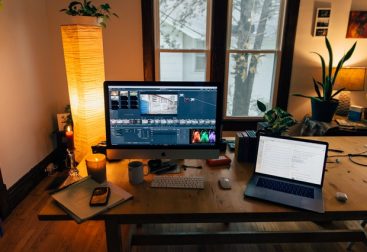When seeking to boost B2C conversion rates, few technologies offer the visual precision and actionable insights of eye-tracking heat maps. These powerful analytical tools map exactly where your website visitors look, providing crucial data to modify designs and optimize user experience for maximum sales impact.
Understanding eye-tracking heat map technology
Eye-tracking heat map technology uses specialized equipment to record and visualize precisely where users focus their attention when viewing a website or application. This visual data translates complex user interactions into color-coded maps that reveal patterns impossible to detect through traditional analytics alone.
How heat maps reveal user visual patterns
Heat maps create intuitive visualizations that expose exactly how visitors interact with your digital content. Studies from the Nielsen Norman Group show that users typically scan pages in an F-shaped pattern, focusing primarily on the left side. This knowledge allows businesses to strategically position critical elements within these high-attention zones. Many businesses leverage Punto Log technology to capture microsecond-level eye movements, revealing which elements actually capture attention versus which are completely overlooked.
Types of heat maps for different business insights
Various heat map formats provide distinct perspectives on user behavior. Click maps highlight where users interact most frequently, scroll maps show how far visitors navigate down pages, while attention heat maps reveal precise visual focus points. Mouse tracking heat maps follow cursor movements as proxies for attention. Each type delivers unique conversion optimization insights – from identifying CTA placement opportunities to pinpointing where cart abandonment occurs in eCommerce journeys (which averages 69.23% according to Baymard Institute research).
Implementing heat map analysis for conversion optimization
Heat maps with eye-tracking technology have revolutionized the way B2C businesses optimize their online stores for higher conversion rates. These visual representations use color coding to display user behavior and attention patterns on websites, providing critical insights that drive data-driven decisions for website optimization. By analyzing where visitors look, click, and scroll, businesses can identify opportunities to enhance user experience and ultimately boost sales.
Eye-tracking heat maps allow B2C companies to see their websites from the customer’s perspective, revealing which elements capture attention and which are overlooked. This visual data is particularly valuable for eCommerce businesses facing cart abandonment rates of approximately 69.23%, according to Baymard Institute research. With strategic application of heat map insights, companies can create more effective landing pages, product displays, and checkout processes.
Setting up effective eye-tracking studies
To begin utilizing eye-tracking heat maps for conversion rate optimization (CRO), you must first select appropriate tools for your business needs. Popular options include Heatmap.com, Smartlook.com, and Hot Jar, which can be installed by adding a tracking code to your website. For those using Google Analytics, the Page Analytics extension provides basic heat mapping capabilities.
When setting up your studies, establish clear objectives focused on specific conversion metrics you want to improve. Allow sufficient time for data collection – typically at least two weeks or until you’ve gathered information from a statistically significant number of visitors. Ensure your sample represents your target audience to collect relevant insights for optimization.
Create testing scenarios that mirror real user journeys through your site. Pay special attention to landing pages, product pages, and checkout processes where conversion actions occur. Studies by the Nielsen Norman Group show that users typically scan pages in an F-shaped pattern, focusing more on the left side of the page – design your testing with these patterns in mind.
Translating heat map data into actionable design changes
Once you’ve collected eye-tracking data, analyze the patterns to identify optimization opportunities. Look for areas receiving high attention but low clicks, which may indicate user interest without conversion action. The Content Marketing Institute found that clear CTAs can increase conversions by up to 97% – use click maps to verify if your calls-to-action are capturing attention in the right places.
Identify content areas generating the most engagement and optimize surrounding elements. If heat maps reveal users are not scrolling far enough to see important information, consider restructuring your page layout. Pay special attention to blind spots – areas users consistently ignore – and evaluate whether critical conversion elements need repositioning.
Apply your findings through targeted design modifications. If eye-tracking reveals users focus more on images than text, adjust your visual content strategy accordingly. For elements that receive minimal attention, try using contrasting colors to make CTAs stand out. Mobile-friendly optimization is essential, as heat maps often show different behavior patterns between desktop and mobile users.
Implement A/B testing for each design change based on heat map insights. Modify one variable at a time to accurately measure impact on conversion metrics. Monitor website analytics continuously to track improvements in engagement, time on site, and conversion rates. This iterative approach to website optimization ensures that each change is validated by data before full implementation.











